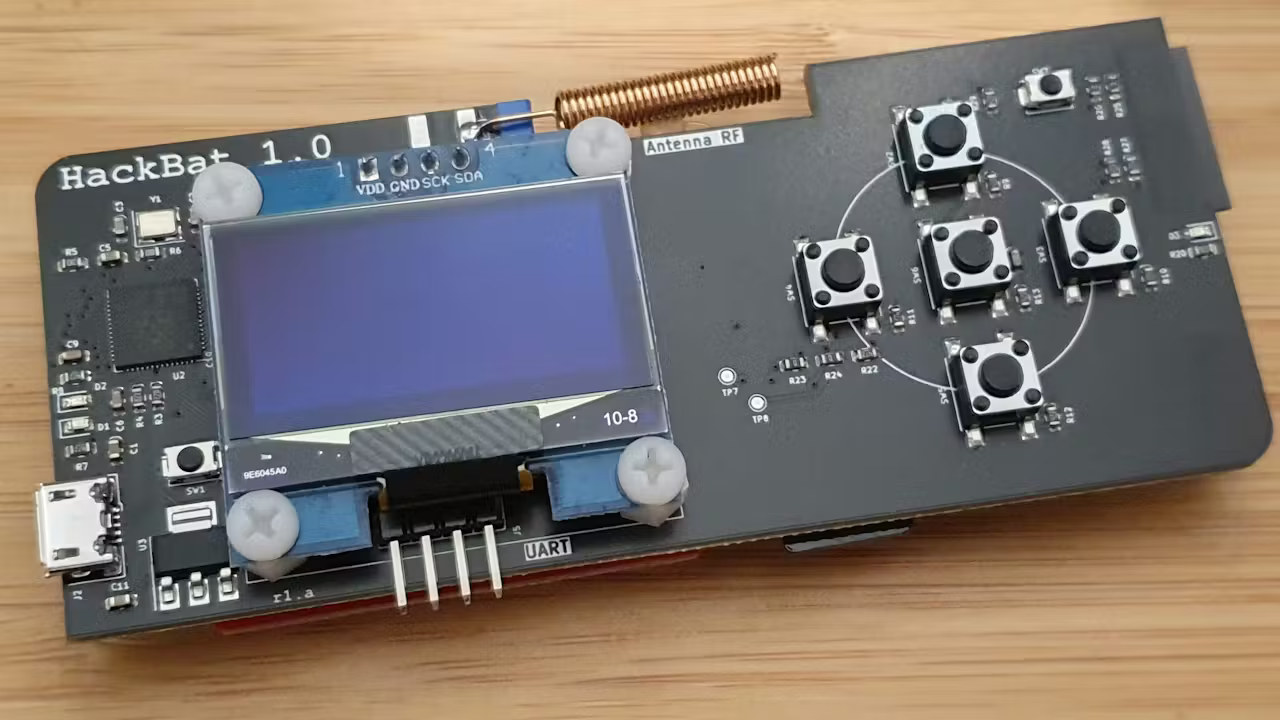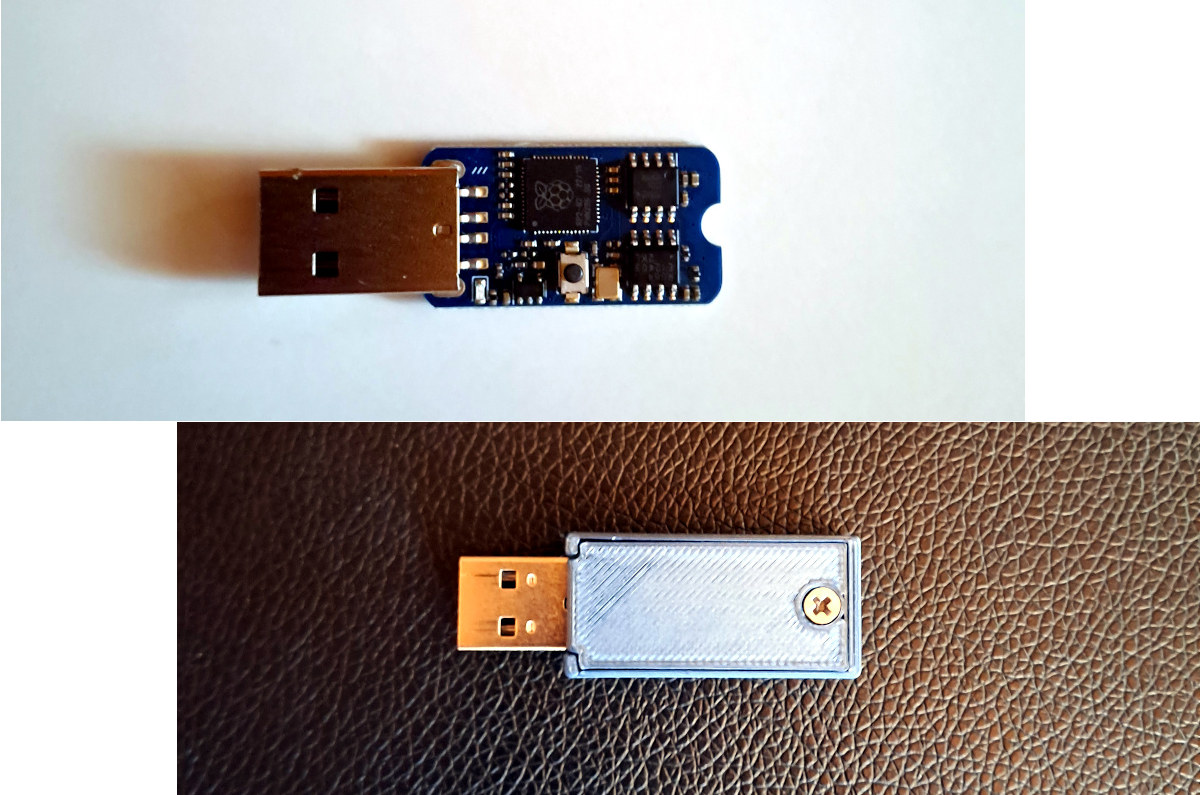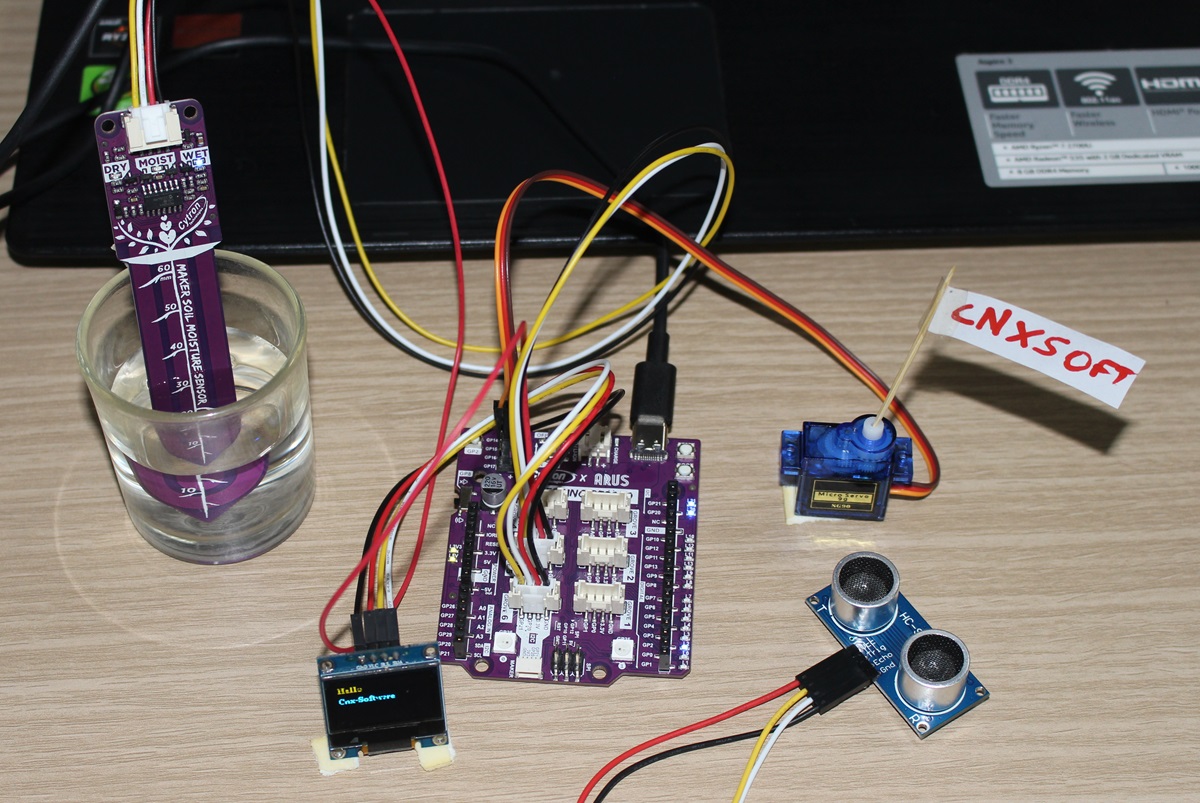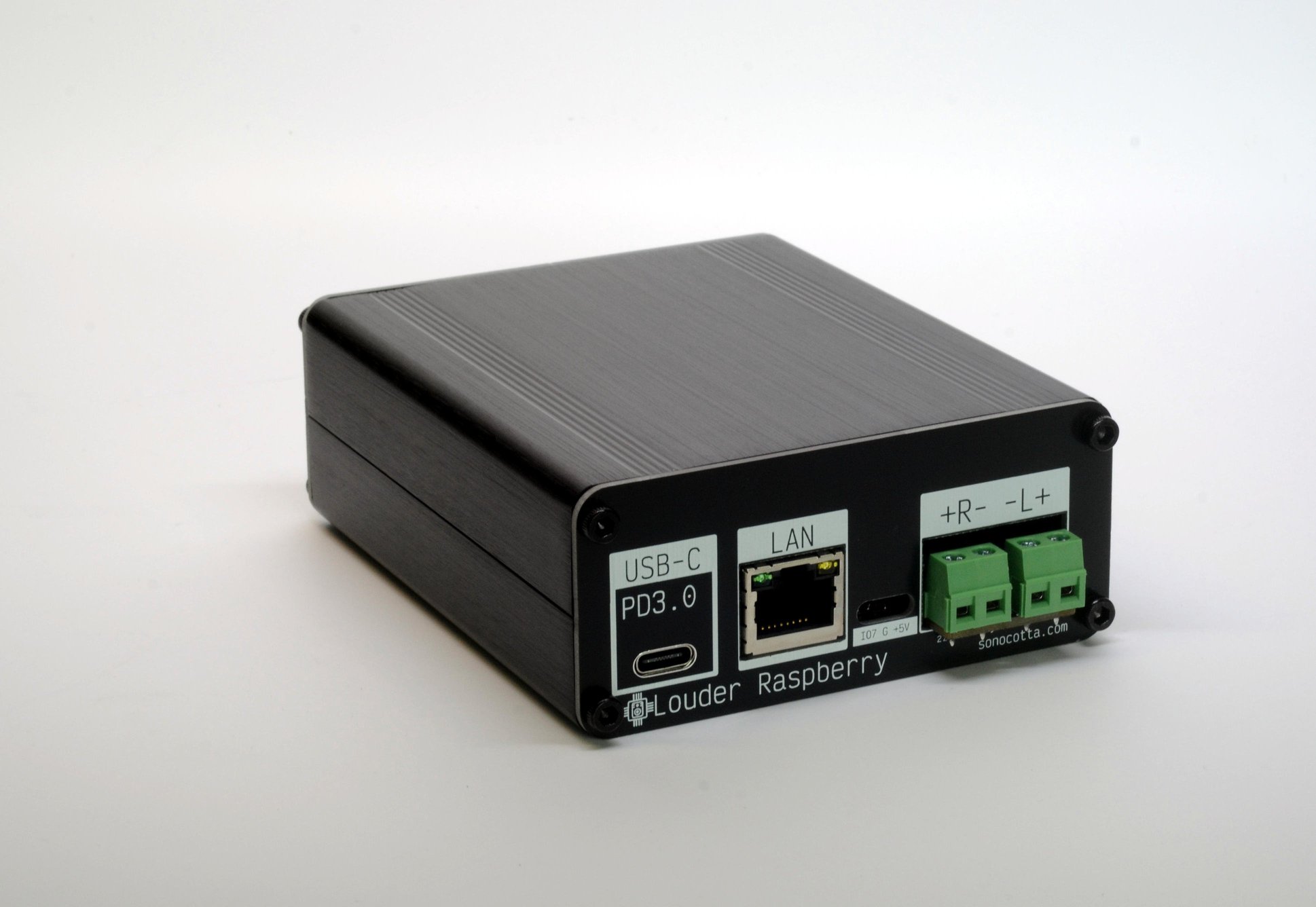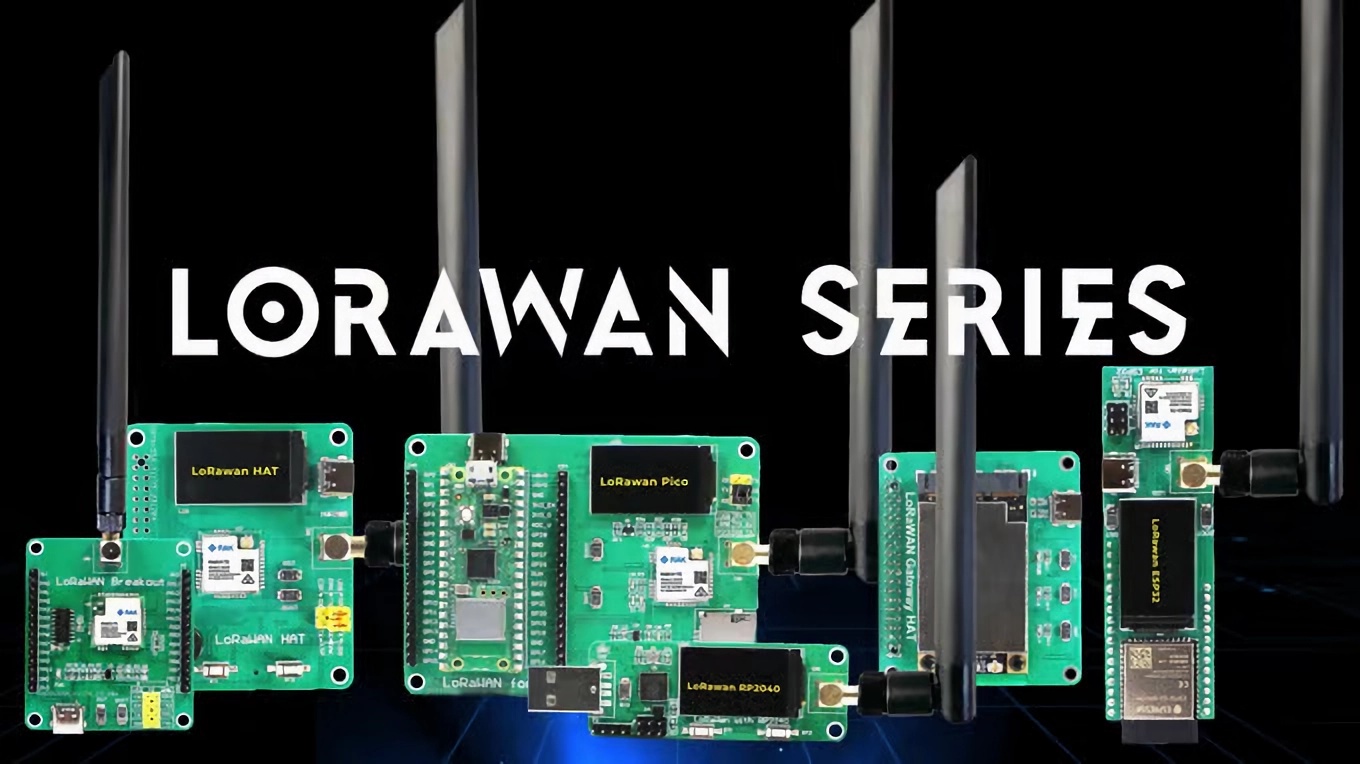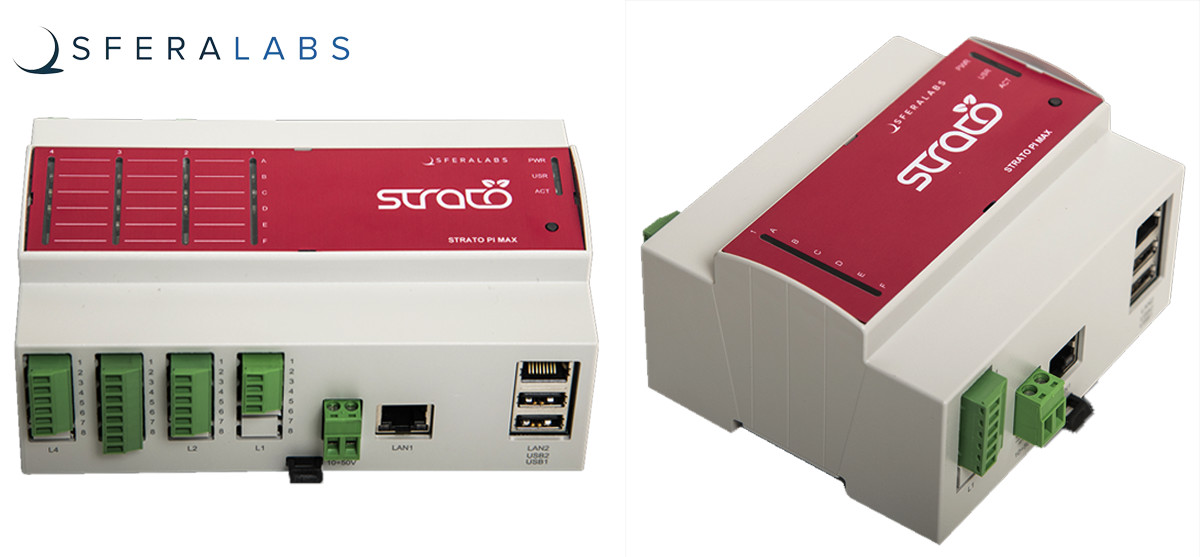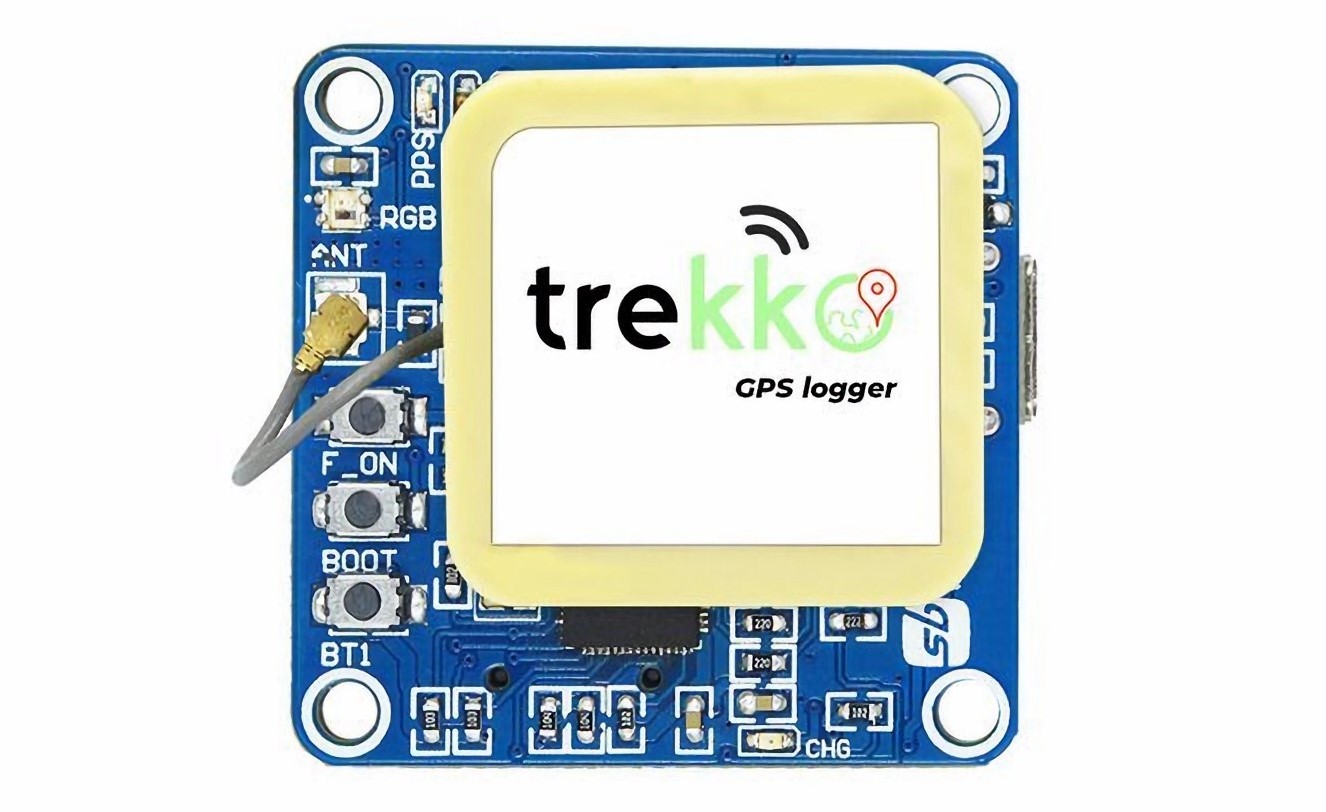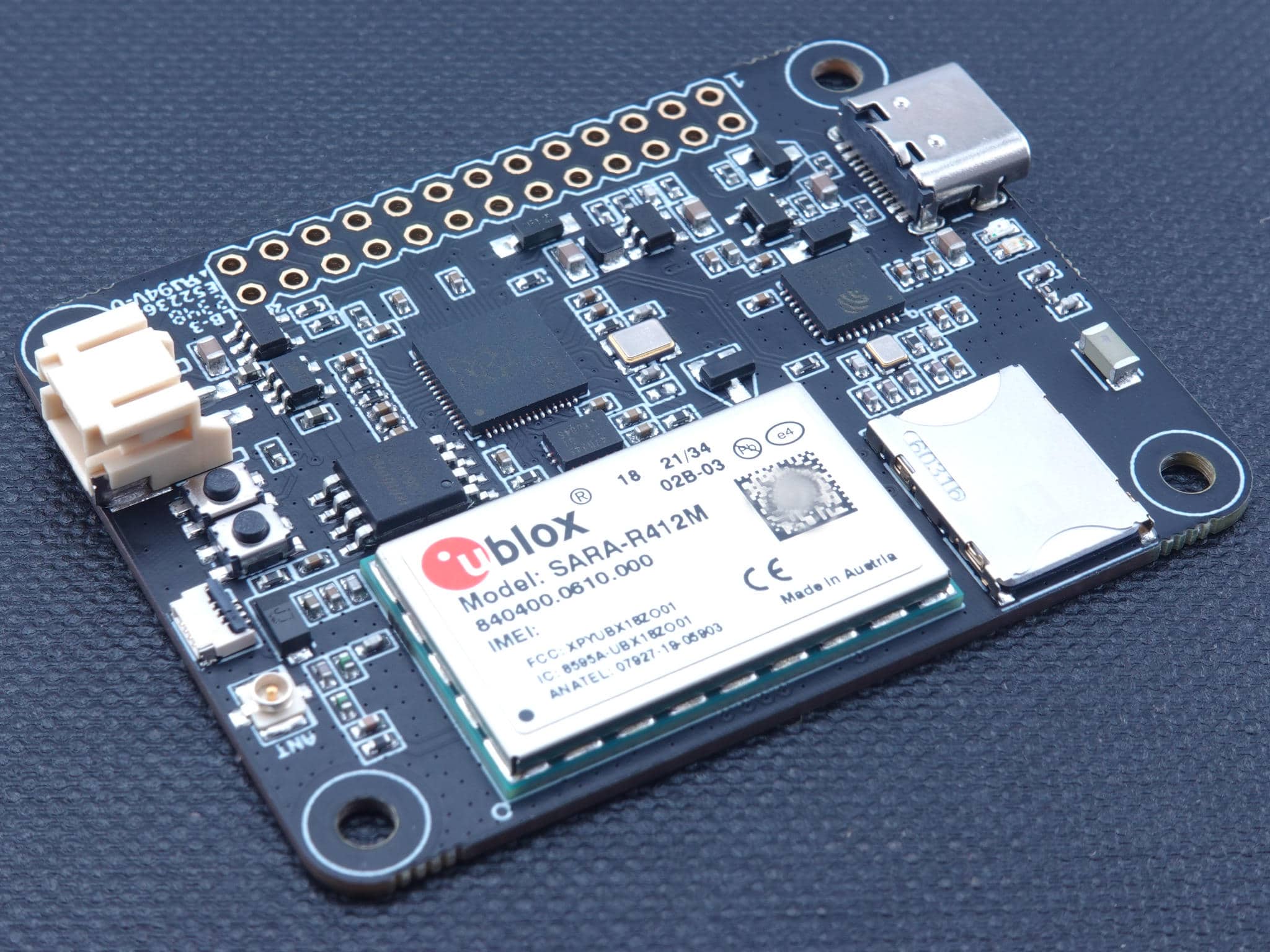HackBat is an open-source hardware pen-testing device designed for hackers and makers and equipped with a Raspberry Pi RP2040 microcontroller, an ESP8266 WiFi module, a sub-GHz RF transceiver, NFC, an OLED display, and more… It’s basically a DIY alternative to the popular Flipper Zero wireless hacking tool, that you can produce and assemble yourself. The Flipper Zero was the victim of its own success with the Canadian government (wrongly) claiming it could easily be used for car theft and planning to ban it (status still unclear right now), so Flipper Zero alternatives such as the M1 multitool device got some traction as backup solutions with some extra features. But any closed-source device could eventually be banned, something that’s close to impossible for an open-source hardware device like the HackBat although policymakers could still decide to impose heavy fines if they wanted to make this type of device illegal… HackBat key […]
Blaustahl USB storage device features 8KB FRAM with up to 200 years of data retention
Machdyne’s Blaustahl is a USB storage device equipped with a Raspberry Pi RP2040 MCU and 8KB of FRAM with a potential lifespan of over 200 years and designed for long-term storage of text up to about 8,000 characters. FRAM (Ferroelectric RAM) has been around for years delivering ultra-low power consumption, faster writes, and ultra-long write endurance (one million billion read/write cycles) compared to EEPROM or NOR flash, but the cost is quite higher and it’s mostly used in applications that require ultra-low power consumption and non-volatile storage write capabilities such as data logging, sensor networks, batteryless applications. The Blaustahl storage device and USB text editor is one of those. Blaustahl speciications: Microcontroller – Raspberry Pi RP2040 dual-core Cortex-M0 processor at 133MHz and 264kB RAM. Storage 4MB (32Mbit) NOR flash for firmware 8KB (64Kbit) FRAM (Fujitsu MB85RS64) Lifespan – 95 years @ +55°C, over 200 years @ +35°C Endurance – 10^12 […]
Maker Uno RP2040 review with Arduino IDE using micro servo, soil moisture sensor, ultrasonic sensor, and I2C OLED modules
Today, We will review the Cytron Maker Uno RP2040 development board combining the Arduino UNO form factor with the Raspberry Pi RP2040 microcontroller that makes it programmable with the Arduino IDE (C/C++), Micropython, or CircuitPython. The board is suitable for both beginners and advanced users with a convenient port layout that includes a “Maker” connector plus six Grove connectors for sensor modules and a header for four servos besides the Arduino UNO headers. The board offers two power options: USB (5V) via the USB-C connector or a single-cell LiPo/Li-Ion battery via the LiPo connector. Cytron Maker Uno RP2040 specifications SoC – Raspberry Pi RP2040 dual-core Arm Cortex-M0+ processor @ up to 133 MHz with 264 KB SRAM Storage – 2MB flash USB – USB-C port for power and programming Expansion Arduino UNO headers for shields 6x Grove Ports (Digital I/O, PWM Output, UART, I2C, Analog Input) 1x Maker port compatible […]
Louder Raspberry Pi is an open-source home media center that is powered by Raspberry Pi Zero and a TI TAS5805M DAC
Louder Raspberry Pi is an open-source home media center based on a combination of the Raspberry Pi Zero W or Zero 2 W and the Texas Instruments TAS5805M DAC. It is an audio entertainment platform created by Andriy Malyshenko of Sonocotta, a Polish electronics hobbyist and maker. Louder Raspberry Pi incorporates the computing power of the Raspberry Pi Zero and the Hi-Fi audio processing capabilities of TI’s TAS5805M DAC in a compact, aluminum case. The device delivers up to 25W per channel stereo output and is powered via a 65W+ USB-C PD3.0 adapter. It is “aimed to be paired with medium-to-large speaker systems” and supports both Wi-Fi and Ethernet. The Raspberry Pi board was selected over other lightweight alternatives due to the ease of development it offers. The Raspberry Pi Zero board is small enough to make for an overall compact device and powerful enough to handle the demands of […]
SB Components LoRaWAN gateways and nodes are made for Raspberry Pi and ESP32 boards (Crowdfunding)
UK-based hardware developer, SB Components, has designed a new LoRaWAN product series (gateways and nodes) for the Raspberry Pi SBCs, Raspberry Pi Pico, ESP32, and other hardware, based on RAKWireless RAK5146 and RAK3172 modules. The products are available in up to five variants (plus two relay boards) and are built to cater to hobbyists with different needs. They support several LoRaWAN server platforms including The Things Stack, Chirpstack, and Helium, with adaptive spreading factors, coding rates, and bandwidth configurations. The LoRaWAN products include: Gateways – RAK5146 LoRaWAN Gateway HAT and RAK3172 LoRaWAN Gateway HAT for the Raspberry Pi SBCs Nodes – RAK3172 LoRaWAN Module (Powered by Raspberry Pi Pico), Raspberry Pi RP2040 USB Dongle, RAK3172 LoRaWAN Module (powered by ESP32), LoRaWAN Breakout, GatePi LoRaWAN 4-Ch Relay, GatePi LoRaWAN 8-Ch Relay LoRaWAN (long-range wide access network) uses the LoRa modulation technique to transmit data over large distances. In a LoRAWAN network, […]
Sfera Labs Strato Pi Max DIN rail industrial controllers are built around Raspberry Pi CM4 or Zymbit SCM module
Sfera Labs has recently introduced two new Pi Max DIN rail industrial controllers – the Strato Pi Max XS and Strato Pi Max XL configured with a Raspberry Pi CM4 or the Zymbit Secure Compute Module (SCM). Both have options for different RAM and eMMC flash configurations and can come with or without wireless connectivity. The module also features a Raspberry Pi RP2040 microcontroller that manages tasks such as power management and boot sequence control. Additionally, it enables connections to the CM4 module through I²C, USB, and UART. Strato Pi Max industrial controller specification Base Module – Raspberry Pi Compute Module 4 or Zymbit SCM options. Microcontroller – Raspberry RP2040 dual ARM Cortex-M0+ at 133 MHz. Storage – eMMC, microSD (dual for XL), M.2 PCIe SSD. Connectivity – Wi-Fi, BLE, dual Ethernet ports (GbE and 100MbE). USB – 2x USB 2.0 ports with power control and fault detection. Sensors – 3-axis accelerometer. Cooling – Internal […]
SB Components’ Trekko Pico is an open-source, RP2040-powered GPS logger with multi-GNSS support
After the success of their Kickstarter campaign, SB Components has now made the Trekko Pico GPS logger available for pre-order. The Trekko Pico is a small location logger for travelers and outdoor enthusiasts that makes it easy to track routes and record their travels. A Raspberry Pi RP2040 powers the Trekko Pico, providing the programming, connectivity, and data logging functionality. The Quectel GNSS L76K module supports the concurrent reception of GPS, GLONASS (or BeiDou), Galileo, SBAS, and QZSS signals, with 32 tracking and 72 acquisition channels. There is a JST 2-pin connector that can be used to attach an external battery, and the Microchip MCP73831 controller is responsible for battery charging and management. Also, users can slot a coin cell into the holder at the back of the board to power a real-time clock for data backup purposes. Potential applications for the Trekko Pico GPS logger include surveillance, telematics, Geographic […]
The RP2040 Connectivity Board — An IoT solution combining LTE, Wi-Fi, and BLE into a single platform
iLABs (Invector Labs), a European embedded equipment manufacturer, has released a new device, the RP2040 Connectivity Board, an IoT development board that is based on Raspberry Pi’s signature microcontroller IC, the RP2040. The RP2040 Connectivity Board features key IoT connectivity options such as LTE, Wi-Fi, and BLE (Bluetooth Low Energy). It is compatible with both Arduino and PlatformIO and is designed for professional and hobbyist users with wide-ranging connectivity needs. The SARA-R412M series module from u-blox handles cellular communication (LTE) and can be configured to enable multi-regional coverage in both GSM and LTE-M/NB-IoT radio transmissions. It features a unique and immutable root of trust and supports IoT security as a service. The RP2040 Connectivity Board also includes an Espressif ESP32-C3FN4 chip for Wi-Fi/BLE communication based on a RISC-V microcontroller core and implementing a Wi-Fi subsystem that complies with the IEEE 802.11b/g/n standard and supports various operating modes. The Bluetooth Low […]


